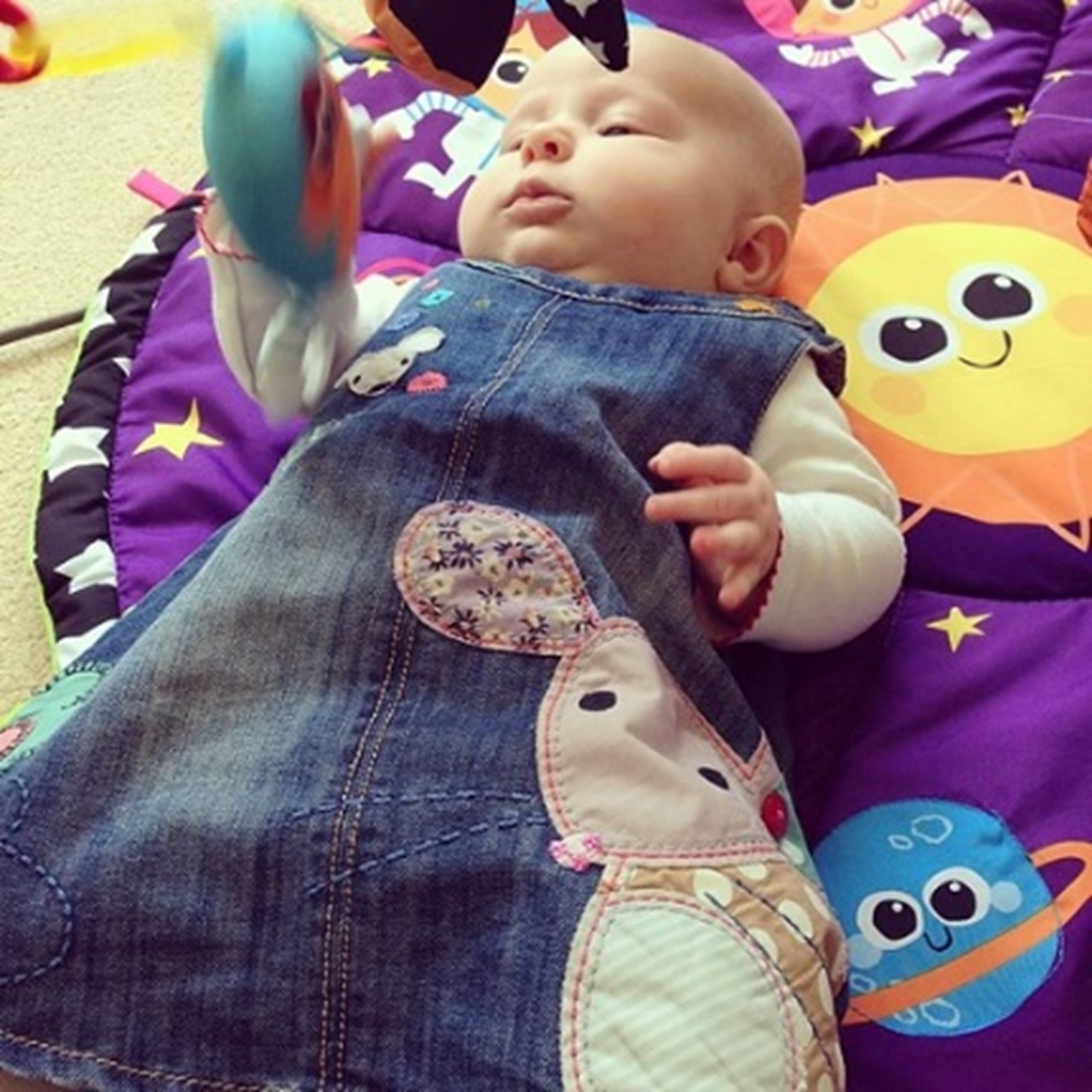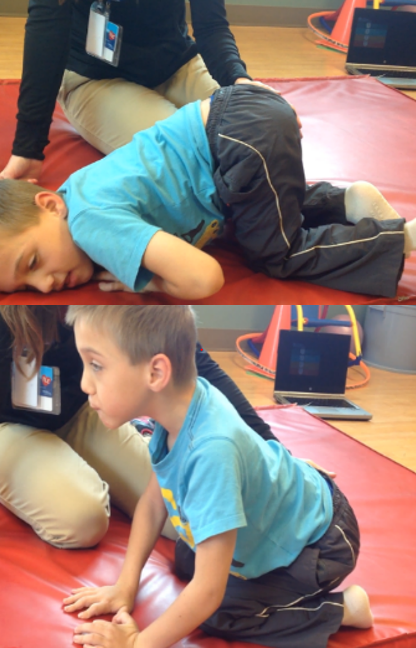Written By: Subah Gupta MHS, OTR/L, SCLV, CBIS
 “I really don’t know what my child sees”.
“I really don’t know what my child sees”.
“The doctor says there is nothing wrong with my child’s eyes but my child does not see as well as other children”.
“I cannot get my student to attend for more than a minute and I have to show them what we are doing over and over again”.
I often hear statements like the above from parents, teachers, and caregivers of the children I see in school and my private practice.
Various frameworks for delivery of care, evaluations, interventions, and outcome measures have been established for managing visual disorders due to age-related eye diseases and traumatic brain injury. It is however an emerging field in pediatrics, especially for infants and toddlers, and I have been looking to add tools to my armamentarium to address visual deficits in this pediatric population.
 As we all are primarily visual learners (1/3 to ½ half of the brain is devoted to visual learning), it makes sense to create an environment where a child can use vision to organize sensory and motor systems for development. Considering vision as a predictable behavior has allowed me to evaluate and plan therapy sessions where the aim is to match information received from the visual system to proprioceptive, kinesthetic, vestibular, and tactile systems for motor development and cognitive learning.
As we all are primarily visual learners (1/3 to ½ half of the brain is devoted to visual learning), it makes sense to create an environment where a child can use vision to organize sensory and motor systems for development. Considering vision as a predictable behavior has allowed me to evaluate and plan therapy sessions where the aim is to match information received from the visual system to proprioceptive, kinesthetic, vestibular, and tactile systems for motor development and cognitive learning.
We, as therapists, know that the eye is merely a conduit for sensory information to enter the brain. Processing of this visual information takes place in all four lobes in both hemispheres, midbrain, and cerebellum. The visual process allows the infant to instantly identify an object and establish a relationship with posture, movement, balance, and spatial orientation to help function in a dynamic world. Impaired vision, along with other symptoms of neuromotor dysfunction, negatively impacts achieving anti-gravity positions that are necessary for balance, depth perception, and spatial and temporal awareness. An example of this is when Asymmetric Tonic Neck Reflex is obligatory or retained. An infant may not develop binocularity or midline orientation and later may have difficulty reading. If Symmetric Tonic Neck Reflex is obligatory or retained, difficulty with ocular motility skills is expected. (As STNR is integrated infant develops vertical tracking by looking at their hands when they are crawling). Using a brightly colored object as a stimuli with auditory cues while positioning the child for success allows to elicit righting reactions that engage the vestibular system and help with ocular alignment. Coordinating vision with motor action like touch and grasp leads to the cognitive development of size, shape, and form.
I invite you to join me for my upcoming Live Webinar, Impact of Visual Deficits on Motor and Cognitive Development in Infants and Toddlers on September 23rd as I talk about normal development, the influence of retained primitive reflexes, binocular vision, visual screen, clinical observations in newborns, infants and toddlers and most importantly what to do about these visual deficits.
Thank you for taking the time to read this blog.
References:
Bristol, S., Agostine, S., Dallman, A., Harrop, C., Crais, E., Baranek, G., & Watson, L. (2020). Visual Biases and Attentional Inflexibilities Differentiate Those at Elevated Likelihood of Autism: An Eye-Tracking Study. The American Journal of Occupational Therapy, 74(4_Supplement_1), 7411505221p1-7411505221p1.
Loh, A. R., & Chiang, M. F. (2018). Pediatric vision screening. Pediatrics in review, 39(5), 225-234.
Padula W.V., Neuro-optometric Rehabilitation. Optometric Extension Program Foundation, Inc. 1996
Siu, C. R., & Murphy, K. M. (2018). The development of human visual cortex and clinical implications. Eye and brain, 10, 25. https://www.ncbi.nlm.nih.gov/pmc/articles/PMC5937627/
Tanner, K., Schmidt, E., Martin, K., & Bassi, M. (2020). Interventions within the scope of occupational therapy practice to improve motor performance for children ages 0–5 years: A systematic review. The American Journal of Occupational Therapy, 74(2), 7402180060p1-7402180060p40.
Wang, T. N., Liang, K. J., Howe, T. H., Chen, H. L., Huang, C. W., & Wu, C. T. (2020). Spatial attention disregard in children with hemiplegic cerebral palsy. The American Journal of Occupational Therapy, 74(2), 7402205090p1-7402205090p9.
Visit summit-education.com for more information.
